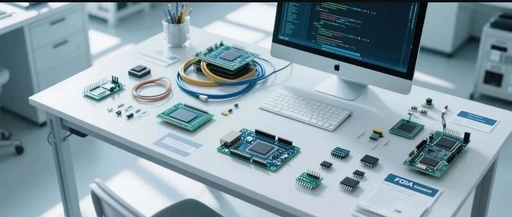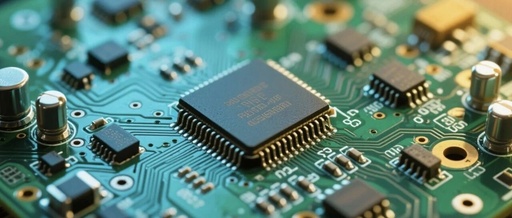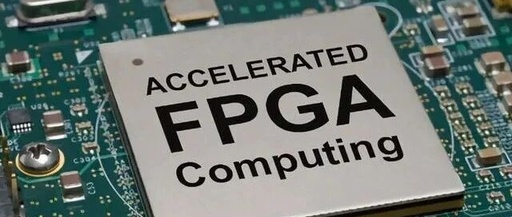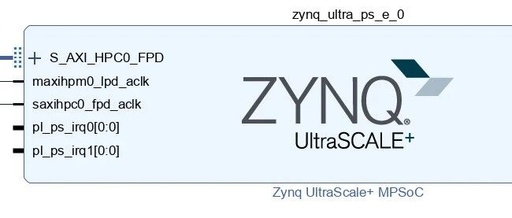Confusions in Learning FPGA
Don’t let these misconceptions hinder your growth curve At two in the morning, the lights in the lab are still on. You stare at the flashing timing error messages on the screen, having modified the Verilog code for the 17th time, yet the development board remains silent as a stone. The coffee beside you has … Read more









